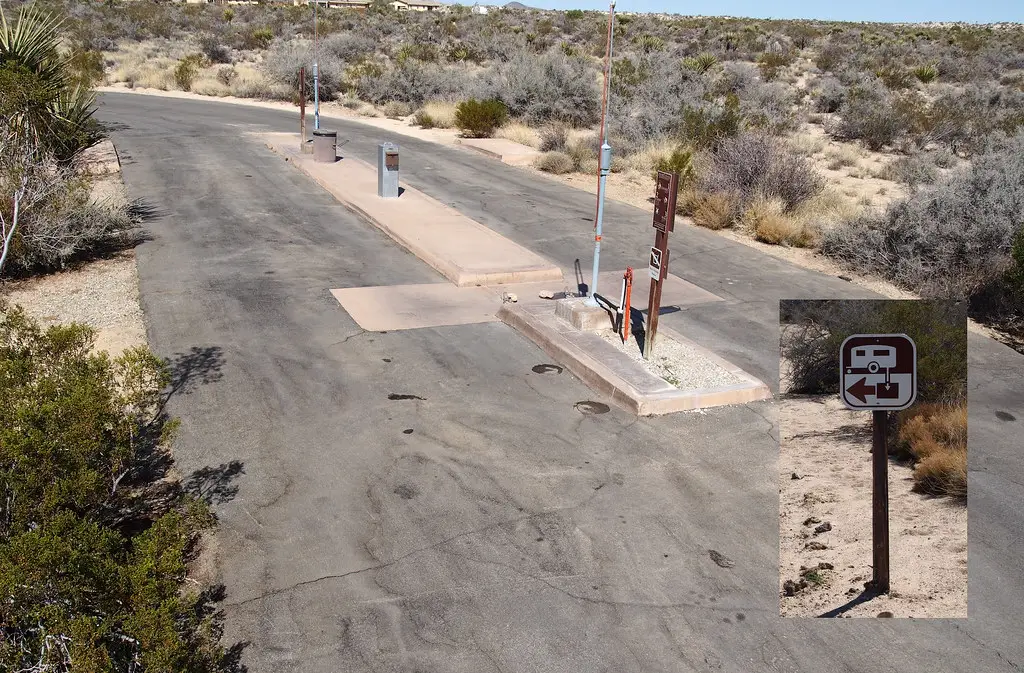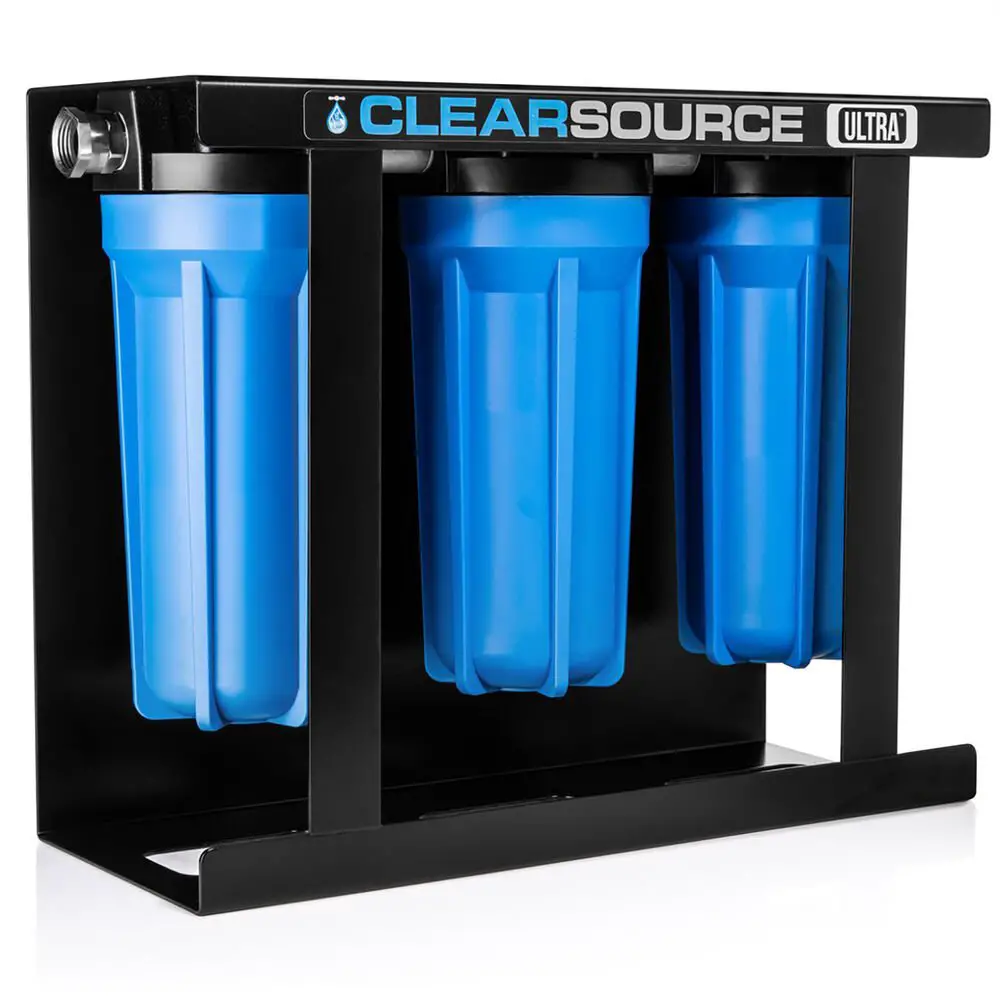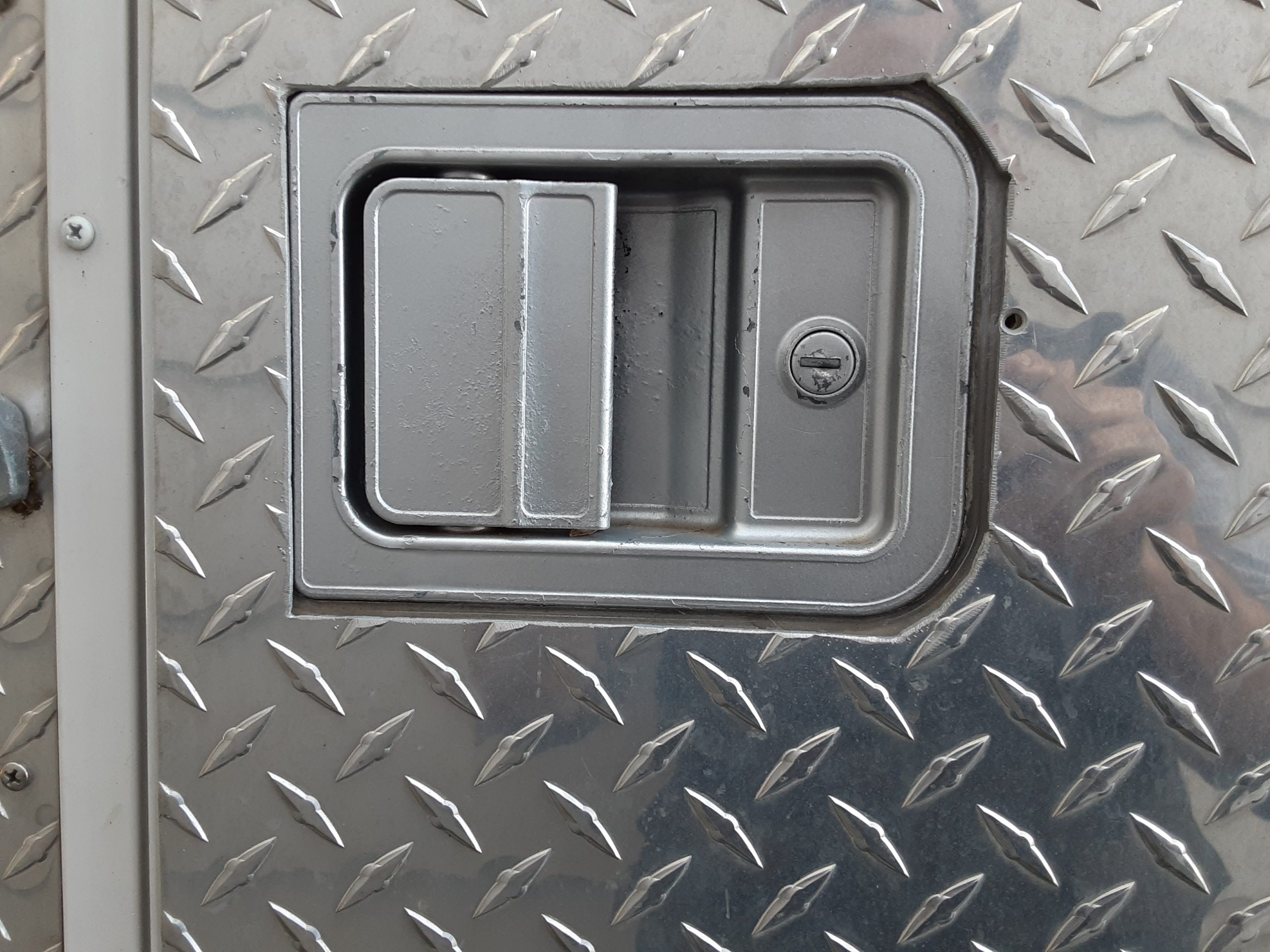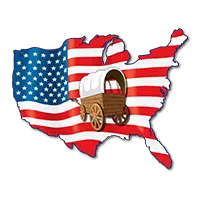One of the single most talked about issues with RVs is leaks, water penetration, and damage caused by water. Once found people often wonder if their RV insurance is going to help offset some of the expenses from repairs. Recreational Vehicles are a large investment and maintenance & repairs can add up quickly by themselves. Water can destroy your RV quickly if not addressed, so does RV insurance cover water damage?
Does RV insurance cover water damage?
RV insurance typically does not cover water damage, but there are a few exceptions. Some policies may cover water damage if it is caused by an act of nature like a flood, while others may cover water damage if it is caused by negligence on the part of the driver, such as leaving the RV in a flooded area.
Water damage is one of the most common types of coverage that RVers may need. Coverage for water damage can vary depending on the policy and the company. Generally, it should include coverage for:
-Flooding
-Water intrusion
-Possible water damage to contents
-Water damage to the RV
If you have water damage coverage, make sure to keep detailed records of when and where the damage occurred. This information will be important in assessing your claim. In addition, be sure to take pictures or videos of the damage and share them with your insurance company as evidence of the damage.
Where does water damage come from?
If you are around other RVers long enough you will hear many stories about people with extensive water damage. Water is sneaky and can gain entrance into your unit in many ways.
- Leaks in your roof, windows, and slides are quite common.
- Storms and floods
- Accidents from tree limbs
- Poor maintenance on seals
What can water damage do to your RV?
- Rot wood in walls and wooden supports
- Cause mold
- Musty smells
- Breading ground for pests
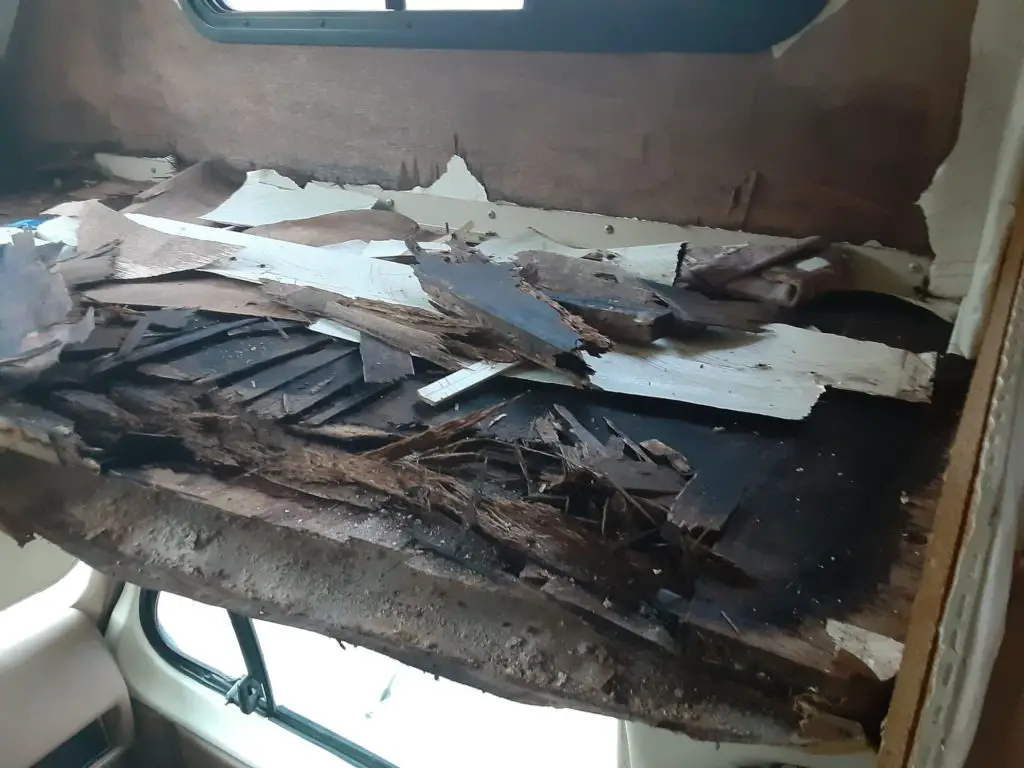
How much does it cost to repair water damage in an RV?
If you have water damage to your RV, the cost to repair can be significant. Small repairs could be as low as $200. An RV with extensive damage or one caught in a flood may run $20K+ to repair. Depending on the extent of the damage, the cost to repair may include:
Repairing the roof and walls
Replacing the flooring and insulation
Repairing the windows and doors
Replacing the appliances
Replacing the plumbing and electrical systems
In some cases, the cost to repair water damage in an RV will be more than the cost to replace the RV. However, it is important to consult with a professional to get an accurate estimate of the cost to repair.
Find out if you are covered before it happens and $$$$ starts leaking from your wallet.
Charlotte RV insurance team – proud sponsor of 2 Boomers and a Baby RV
What should I have on my RV insurance policy
Comprehensive Coverage
Comprehensive coverage is a part of full coverage RV insurance that helps pay for damages to your RV that are either out of your control or not caused by another driver. This coverage can help pay for anything from minor cosmetic damages to things like a leaking lamination issue or leaking awning to the repair or full replacement of an engine after a covered peril made the hood of your rig spring a leak.
Damages caused by things like a tree unexpectedly crashing down on your rig’s roof or debris hurling through the air during a West Texas sandstorm should be covered under the comprehensive portion of your policy.
Collision Coverage
Collision coverage helps pay for damage to your RV if you were in an accident — whether you’re at fault or not. These covered water leaks can be instantaneously created by an accident or found out at a later point in time after an accident.
So if you accidentally back into another vehicle and damage your internal water tank in the process, causing water to spew all over the interior of your rig and into its main walls, your policy’s collision coverage should help pay for the repairs.
Personal Effects Replacement Coverage
RVers, especially those traveling more than 150 nights per year and considered to be full-time by insurers, tend to have more personal belongings inside their rig. That’s why they have the option to enroll in personal effects replacement coverage, which helps pay to repair or replace personal belongings you keep inside your rig.
Although coverage usually maxes out at $5,000 per claim, some companies allow you to add an endorsement to your policy that increases coverage to $100,000 per claim. This can help protect things like furniture, electronics, high-tech GPS devices, clothes, and cooking materials.
While this coverage may not be required by your lender, we highly recommend enrolling in it, especially if you’re a full-timer or a part-timer who travels with a healthy worth of possessions.
Homeowners Insurance
Homeowners insurance can also cover water leaks to your RV in some of the same instances as comprehensive coverage. However, your RV must be parked on your property or at a local storage facility for this coverage to kick in. Depending on where your RV is stored, it can act as personal property or another structure on your homeowner’s insurance policy.
Since your rig is likely quite expensive, you may be underinsured if you have an expensive RV that sustains severe damage. Also, using your homeowner’s insurance to file a claim may not be the wisest move because it will likely increase your home insurance premiums.
